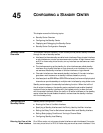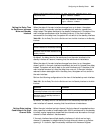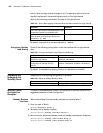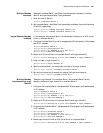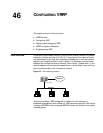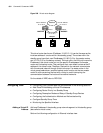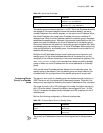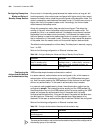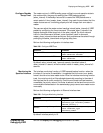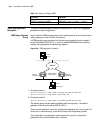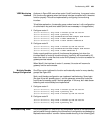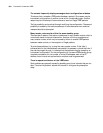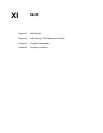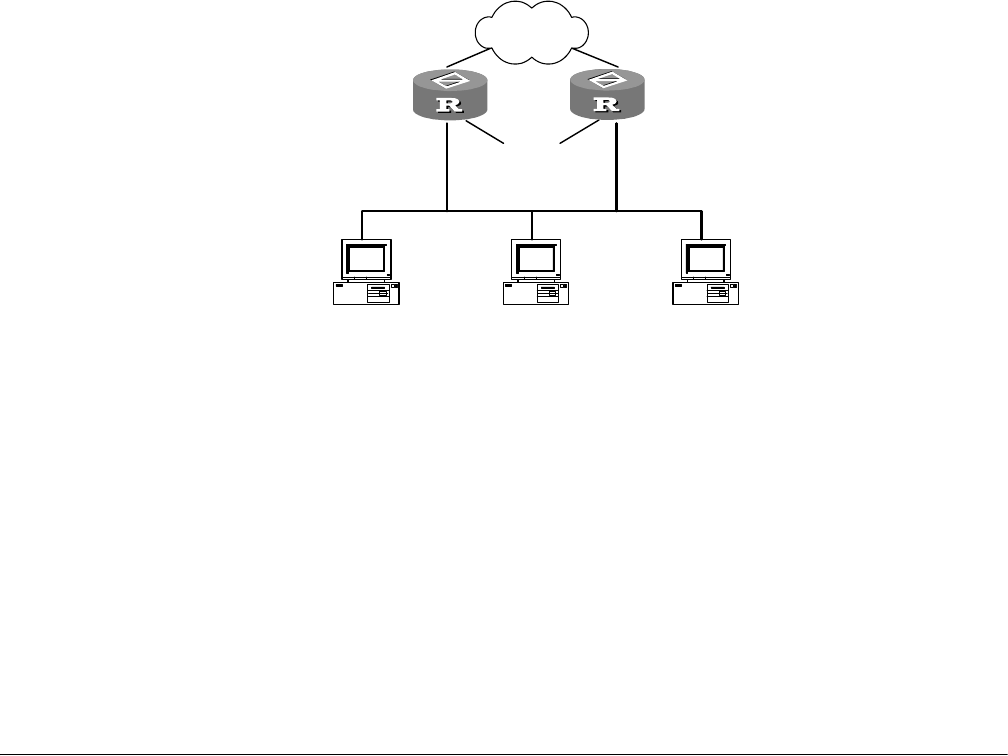
654 CHAPTER 46: CONFIGURING VRRP
Figure 208 Virtual router diagram
This virtual router has its own IP address: 10.100.10.1 (it can be the same as the
interface address of a router within the standby group). The routers within the
standby group have their own IP addresses (10.100.10.2 for the master routers
and 10.100.10.3 for the backup routers). The host within the LAN only knows the
IP address of this virtual router but not the specific IP addresses of the master
router and the backup router. They configure their own default routes as the IP
address of this virtual router. Therefore, hosts within the network communicate
with the external network through this virtual router.
If a master router in the
virtual group breaks down, another backup router function as the new master
router to continue serving the host with routing to avoid interrupting the
communication between the host and the external networks.
For the details of VRRP, refer to RFC 2338.
Configuring VRRP ■ Configuring VRRP includes tasks that are described in the following section:s
■ Add Virtual IP AddAdding a Virtual IP Addressress
■ Configuring Router Priority in a Standby Group
■ Configuring Preemption Mode and Delay of Standby Group Routers
■ Configuring the Authentication Method and Authentication Key
■ Configure Standby Group Timer
■ Monitoring the Specified Interface
Adding a Virtual IP
Address
Add one IP address of the standby group network-segment to this standby group
(also called a virtual router).
Perform the following configuration in Ethernet interface view:
PCPCPC
Router
Ethernet
Router
Real IP Address:
10.10.100.3
Real IP Address:
10.10.100.2
Virtual IP Address:
10.10.100.1
MASTER
BACKUP
Network




